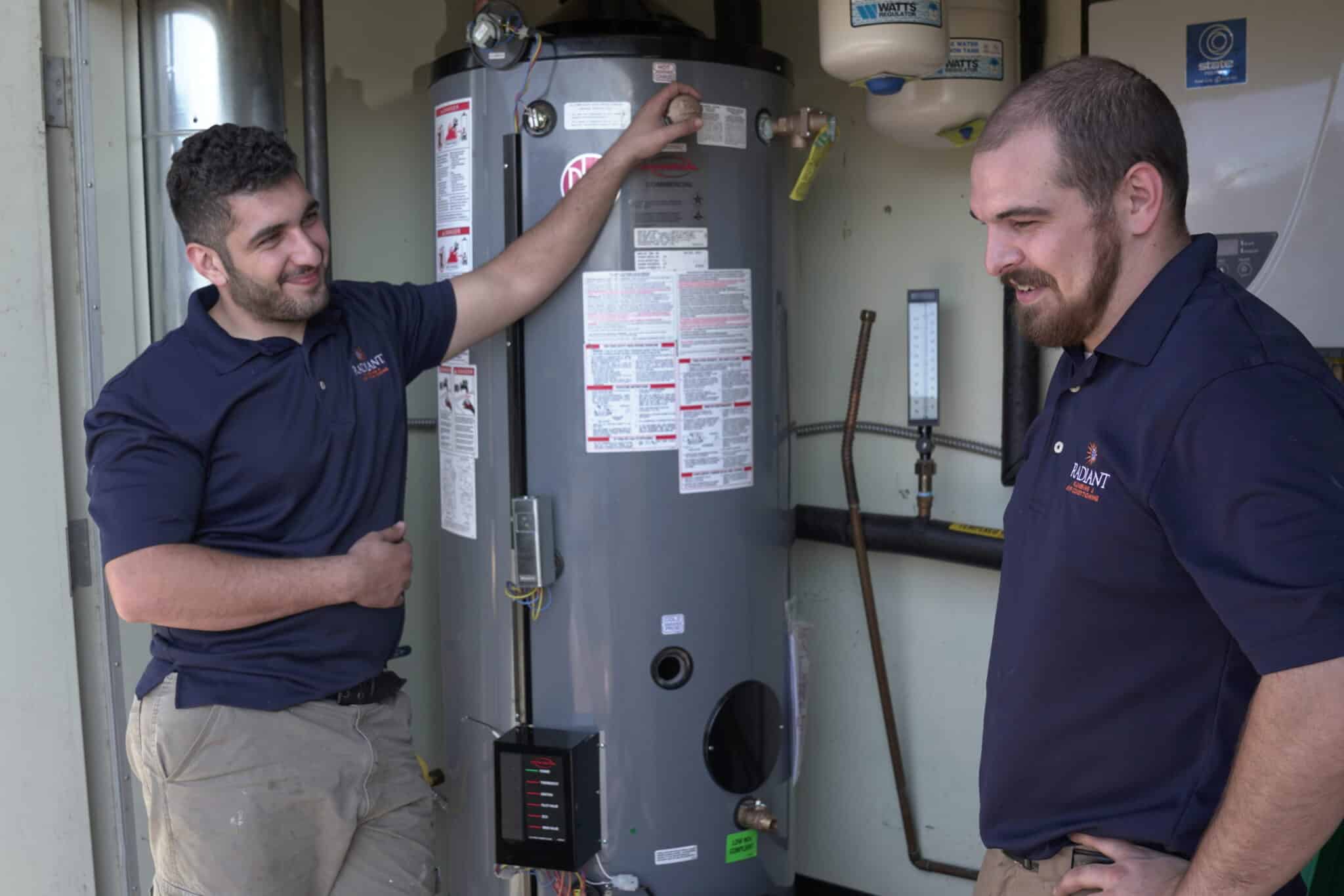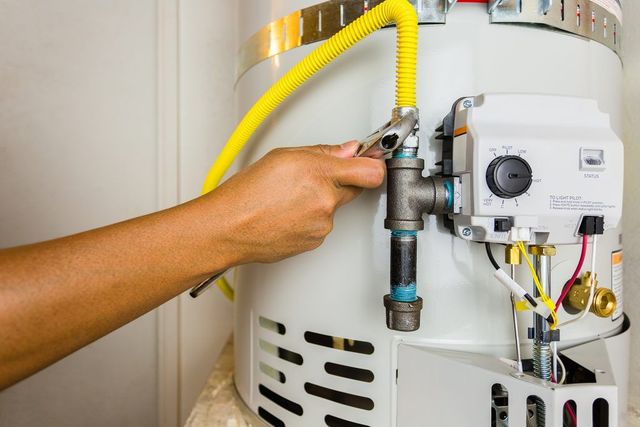Specialist Tips for Maintaining Your Home's Hot Water System
Specialist Tips for Maintaining Your Home's Hot Water System
Blog Article
Just how do you really feel with regards to Tips on Maintaining a Water Heater?

Warm water is vital for day-to-day convenience, whether it's for a refreshing shower or washing recipes. To ensure your hot water system runs successfully and lasts longer, regular maintenance is vital. This write-up offers useful pointers and understandings on how to keep your home's hot water system to avoid disruptions and expensive repairs.
Introduction
Keeping your home's hot water system might seem difficult, however with a couple of simple steps, you can ensure it runs smoothly for several years to come. This overview covers every little thing from understanding your hot water system to do it yourself maintenance ideas and recognizing when to hire expert aid.
Importance of Maintaining Your Hot Water System
Normal upkeep not only expands the life-span of your warm water system yet additionally guarantees it runs successfully. Neglecting maintenance can result in reduced effectiveness, greater power costs, and even early failing of the system.
Indications Your Hot Water System Requirements Maintenance
Knowing when your warm water system requires interest can stop significant issues. Look out for signs such as inconsistent water temperature, strange sounds from the heating system, or corroded water.
Flushing the Water Heater
Flushing your water heater removes debris accumulation, boosting effectiveness and prolonging its life.
Monitoring and Changing Anode Rods
Anode rods protect against deterioration inside the tank. Examining and replacing them when worn out is essential.
Complex Issues Calling For Specialist Aid
Examples consist of significant leaks, electrical problems, or if your water heater is continually underperforming.
Routine Professional Upkeep Benefits
Professional upkeep can consist of comprehensive assessments, tune-ups, and ensuring compliance with safety requirements.
Evaluating and Changing Temperature Level Setups
Changing the temperature setups makes sure ideal efficiency and safety.
Do It Yourself Tips for Upkeep
You can do numerous upkeep tasks yourself to maintain your hot water system in top condition.
Checking for Leakages
On a regular basis examine pipes and links for leaks, as these can bring about water damages and higher costs.
Comprehending Your Hot Water System
Prior to diving into upkeep tasks, it's valuable to understand the fundamental components of your warm water system. Generally, this consists of the water heater itself, pipelines, anode rods, and temperature controls.
Month-to-month Maintenance Tasks
Normal regular monthly checks can help capture minor concerns prior to they escalate.
Examining Stress Alleviation Valves
Checking the pressure safety valve ensures it works correctly and stops excessive stress buildup.
Insulating Pipelines
Protecting warm water pipes lowers warm loss and can save power.
When to Call a Specialist
While DIY maintenance is advantageous, some issues call for expert knowledge.
Final thought
Regular upkeep of your home's warm water system is essential for performance, durability, and cost financial savings. By following these ideas and knowing when to look for specialist assistance, you can guarantee a trusted supply of hot water without unanticipated interruptions.
How to Maintain an Instant Hot Water Heater
Before tinkering with your hot water heater, make sure that it’s not powered on. You also have to turn off the main circuit breaker and shut off the main gas line to prevent accidents. Also turn off the water valves connected to your unit to prevent water from flowing into and out of the appliance. 2. When you’re done, you have to detach the purge valves’ caps. These look like the letter “T†and are situated on either side of the water valves. Doing so will release any pressure that has accumulated inside the valves while at the same time avoid hot water from shooting out and burning your skin. 3. When the purge valves’ caps are removed, you have to connect your hosing lines to the valves. Your unit should have come with three hoses but if it didn’t, you can purchase these things from any hardware or home repair shops. You can also get them from retail stores that sell water heating systems. Read the user’s manual and follow it to complete this task properly. When the hosing lines are connected, open the purge port’s valves. 4. You should never use harsh chemical cleaners or solutions when cleaning your unit. Make use of white vinegar instead. It should be undiluted and you’ll probably use about 2 gallons. 5. Now flush your water heater. This task should probably take about 40 minutes. We can’t give you specific directions for this because the procedure is carried out depending on the type, model and brand of your heater. With that being said, refer to the user’s manual. 6. When you’re done draining the unit, you have to turn off the purge port valves again. Remove the hosing lines that you earlier installed on each of the water valves. Put the valve caps (purge port) back in their respective places and be very careful so as not to damage the rubber discs that are found inside these caps. 7. Now that everything’s back in place, check your user’s manual again to find out how to reactivate your water heating system. 8. Once it is working, turn one of your hot water faucets on just to let air pass through the heater’s water supply pipes. Leave the tap on until water flows smoothly out of it. https://www.orrplumbing.com/blog/2014/september/how-to-maintain-an-instant-hot-water-heater/

As an enthusiastic person who reads about How to Maintain a Hot Water Heater in a Few Simple Steps, I think sharing that short article was a great idea. You should take a moment to promote this write-up if you enjoyed reading it. Thank you for going through it.
Click Here Report this page